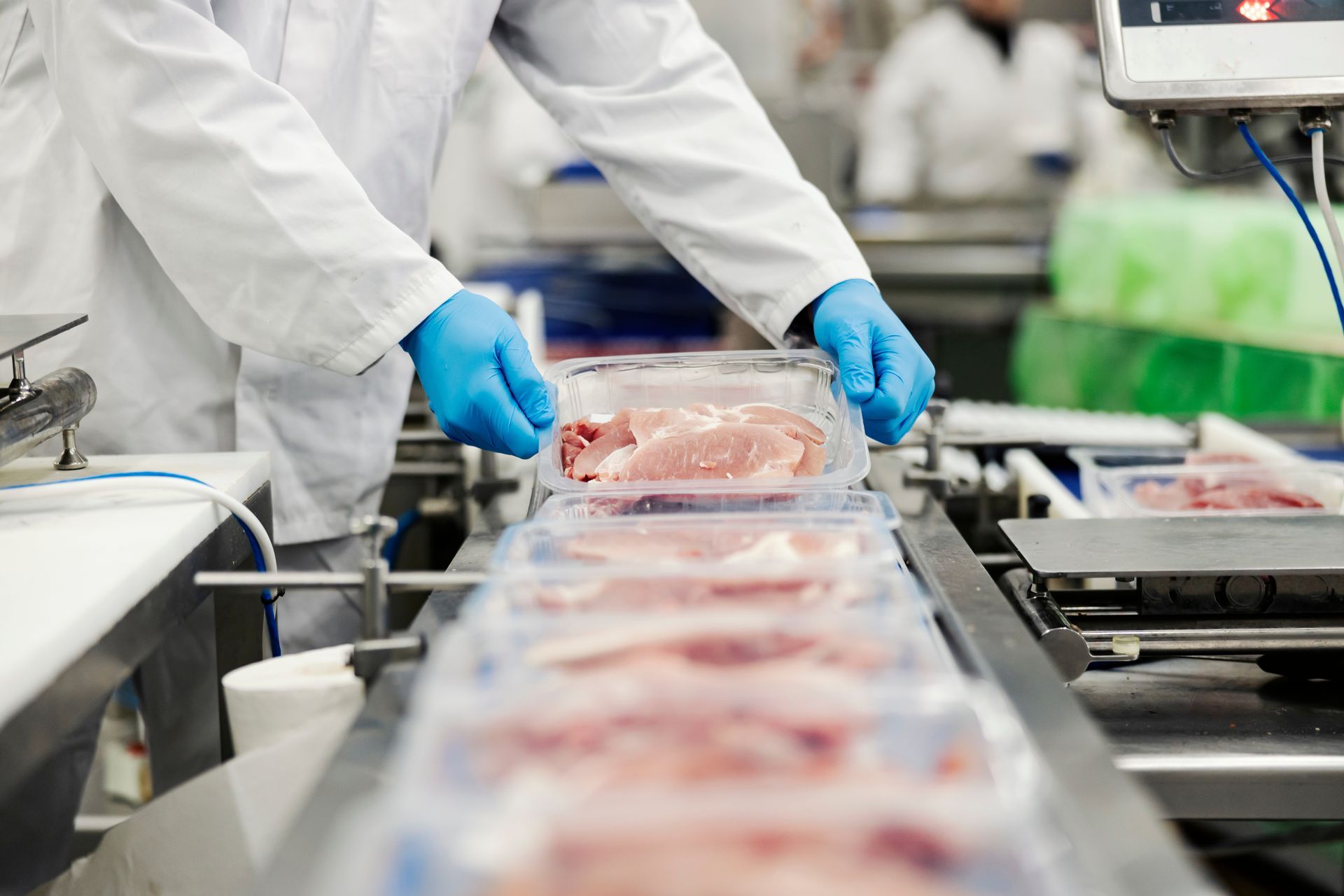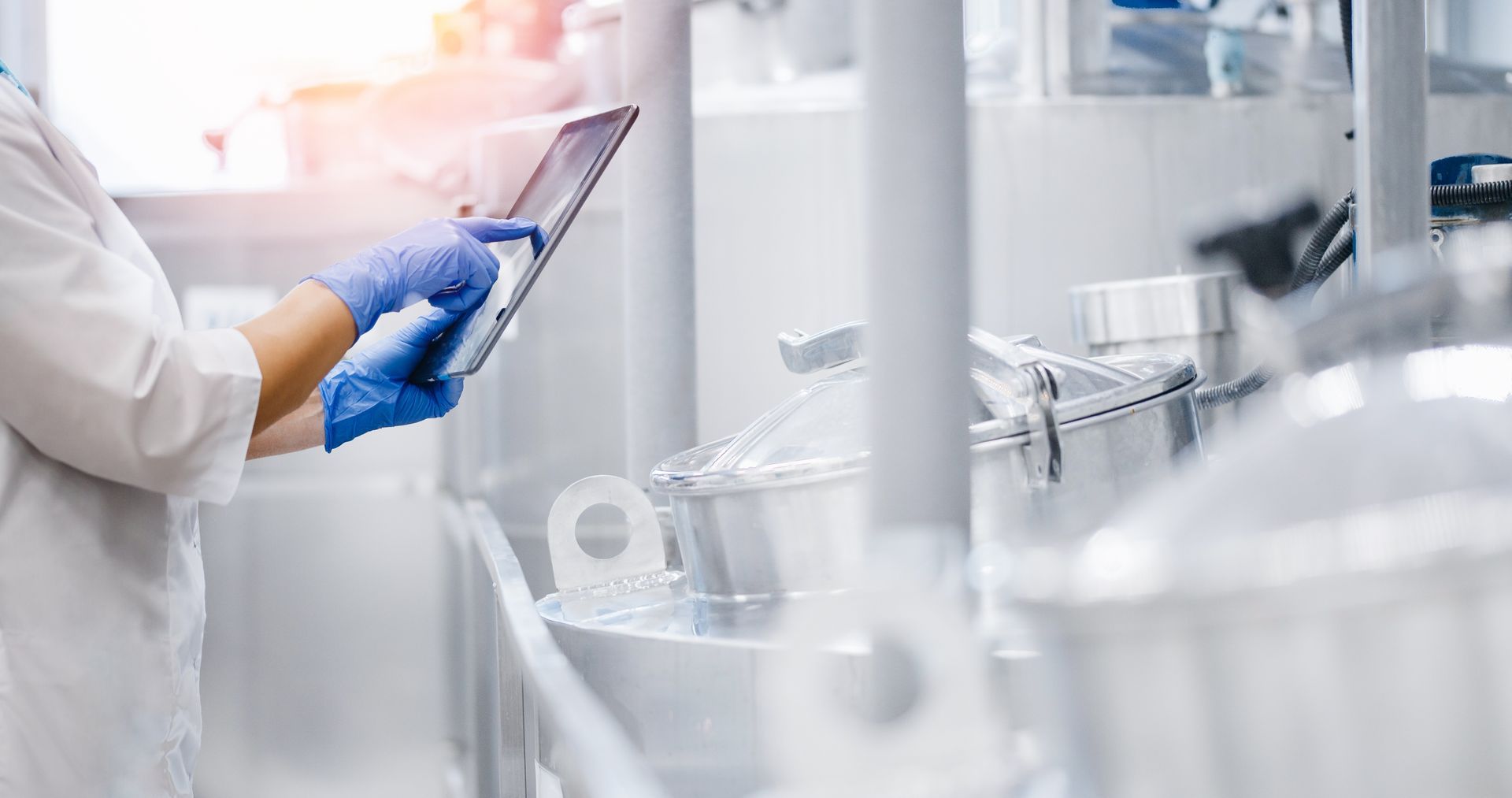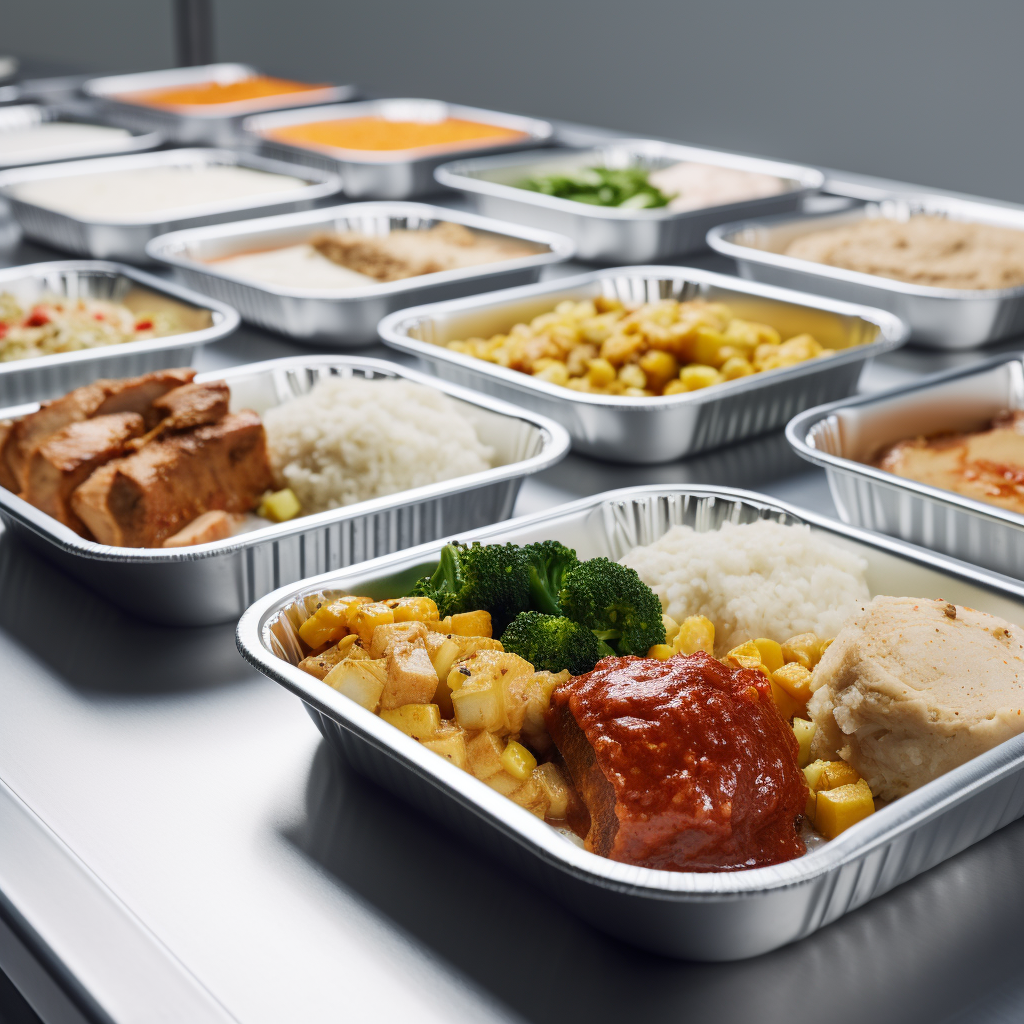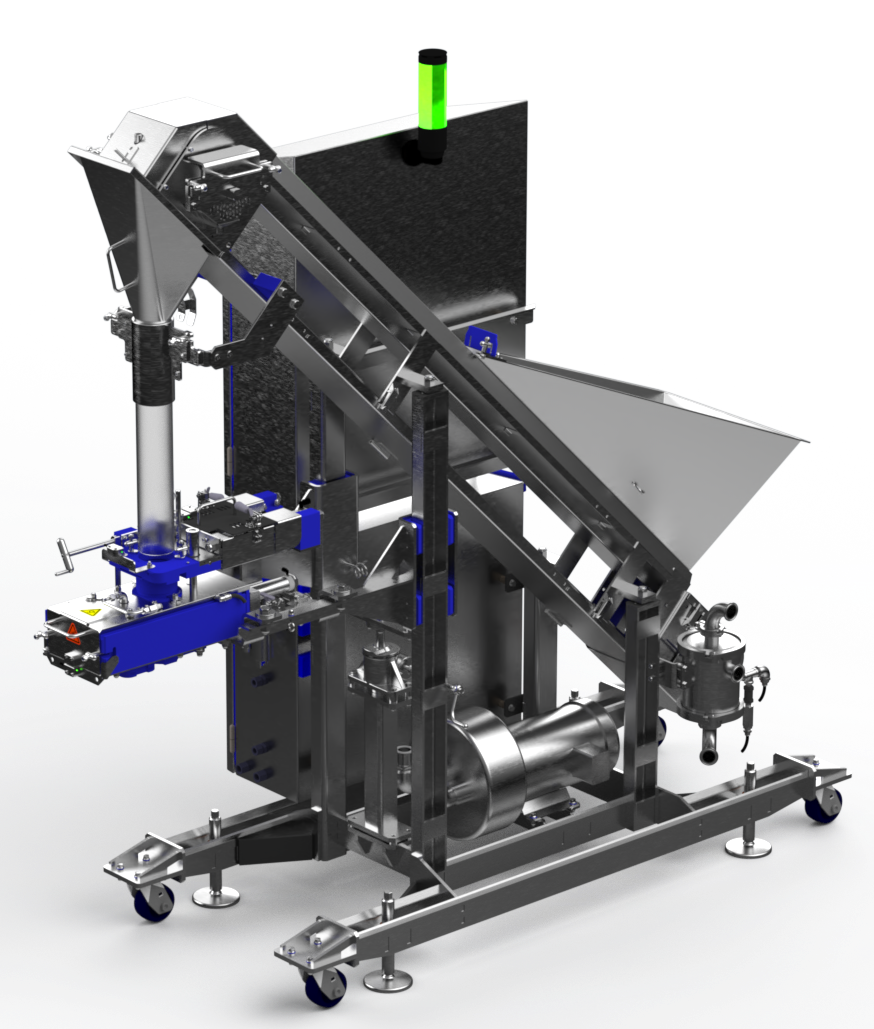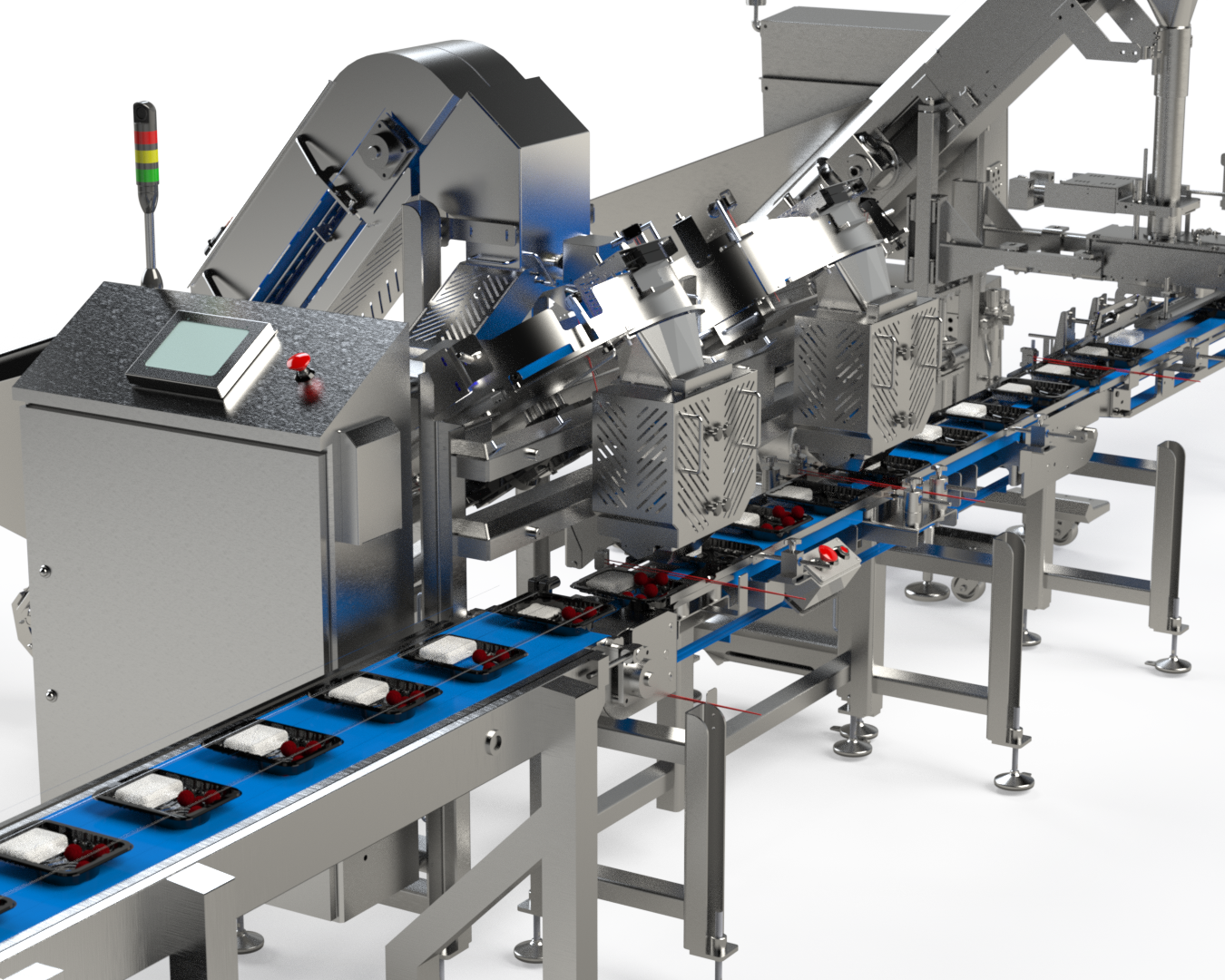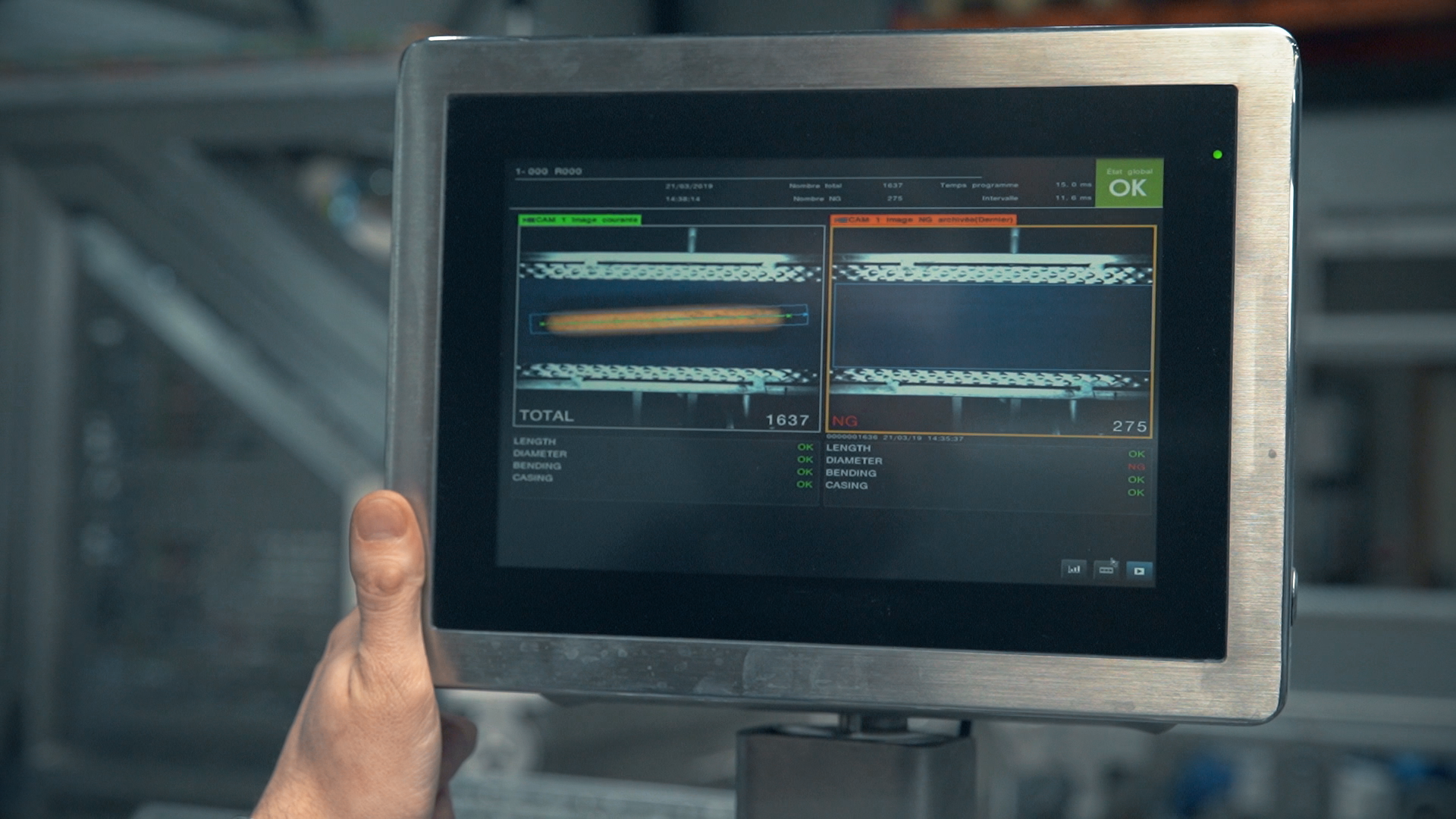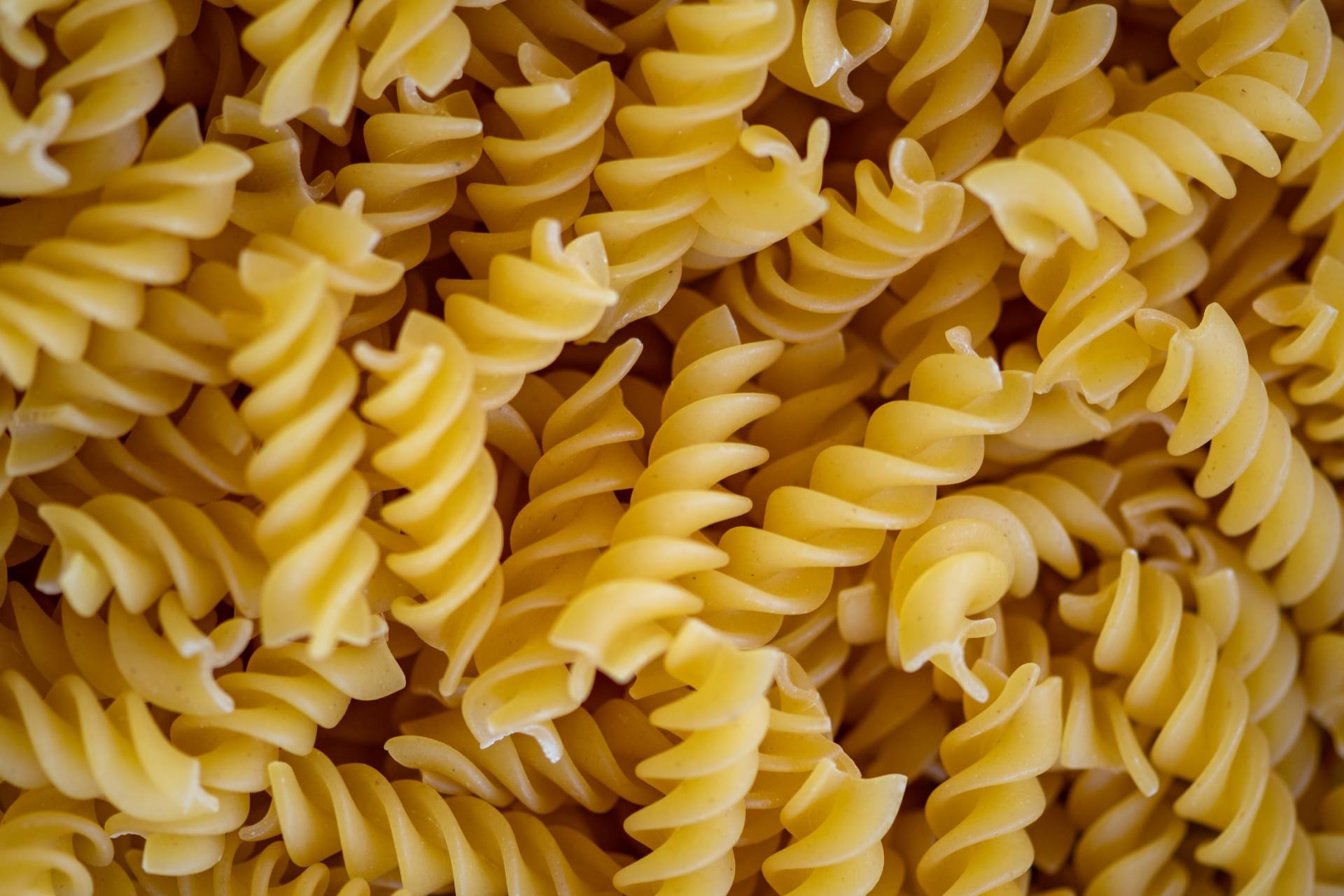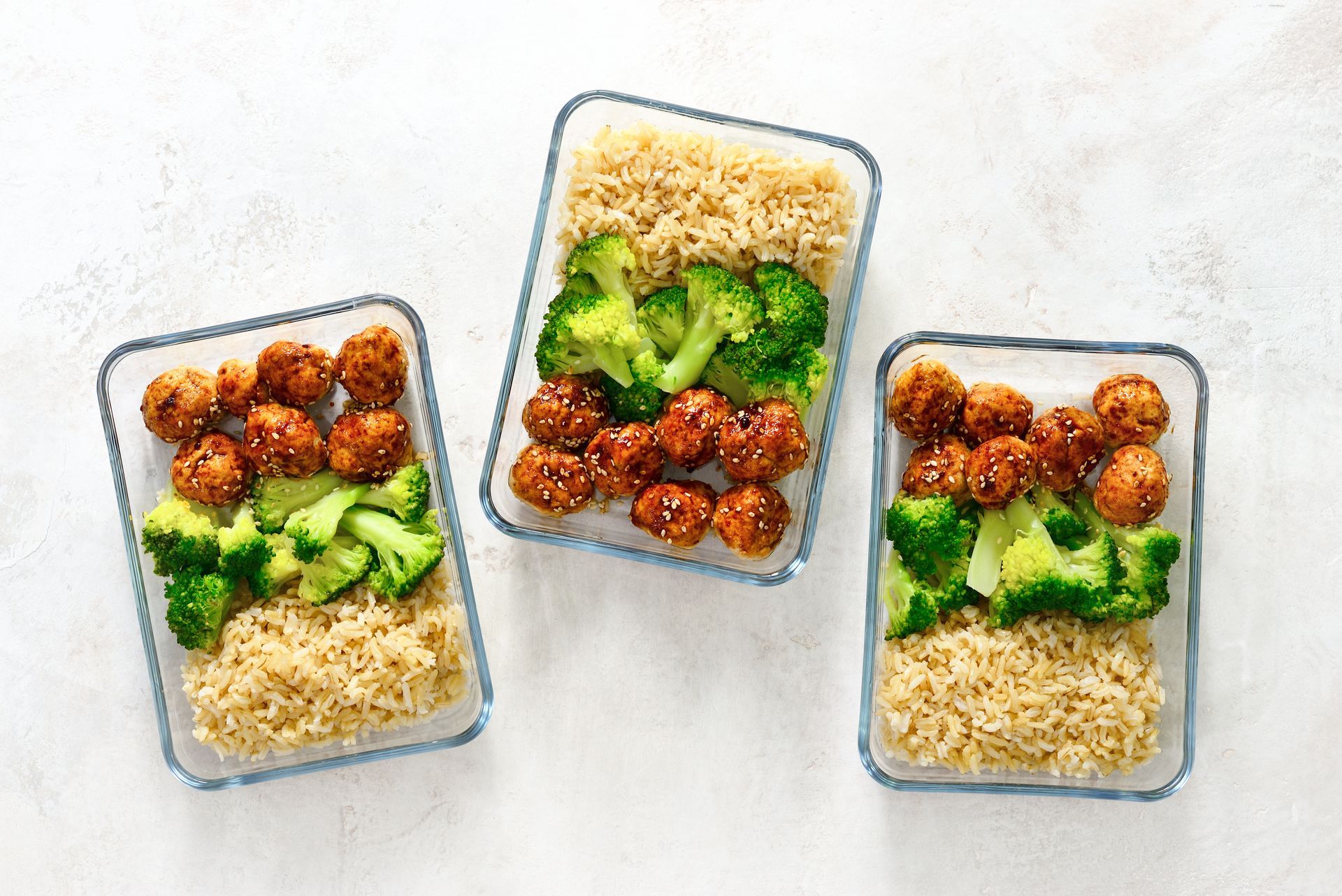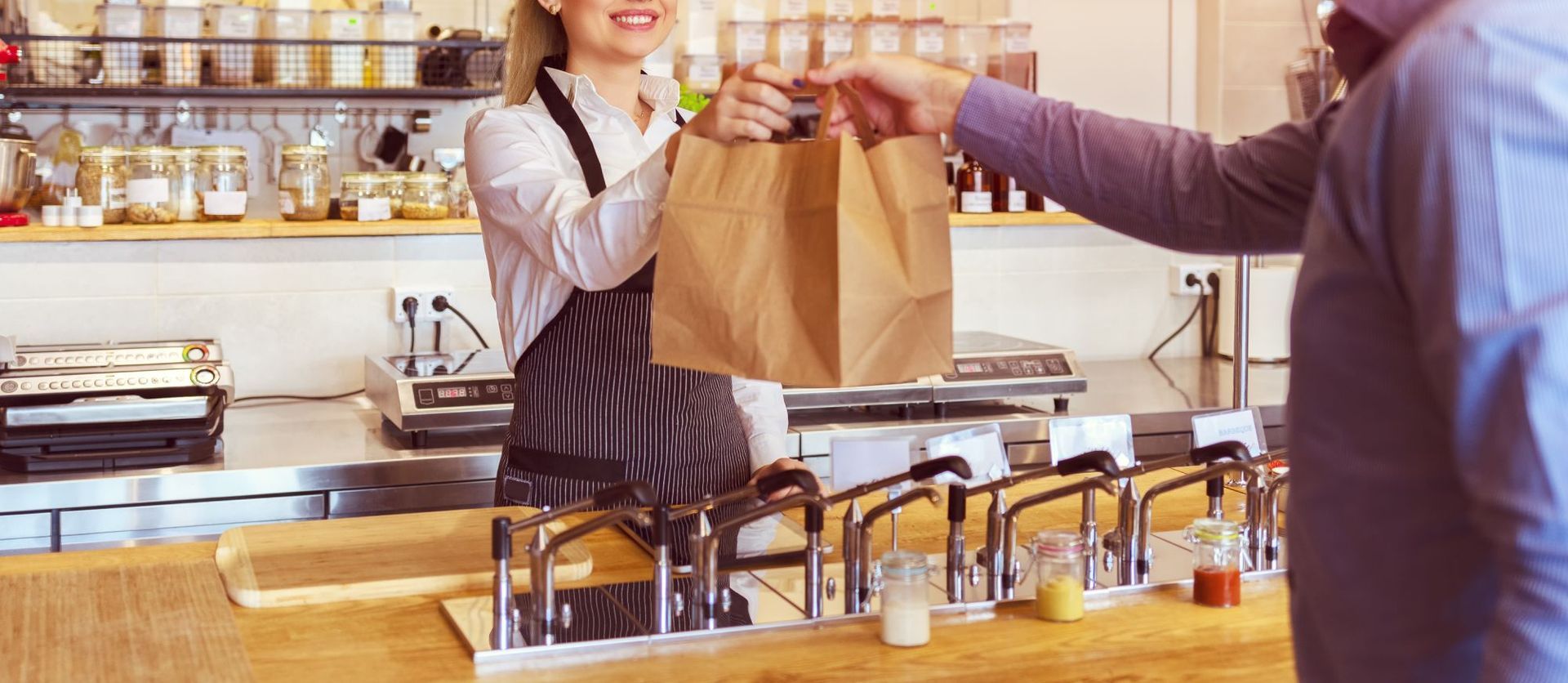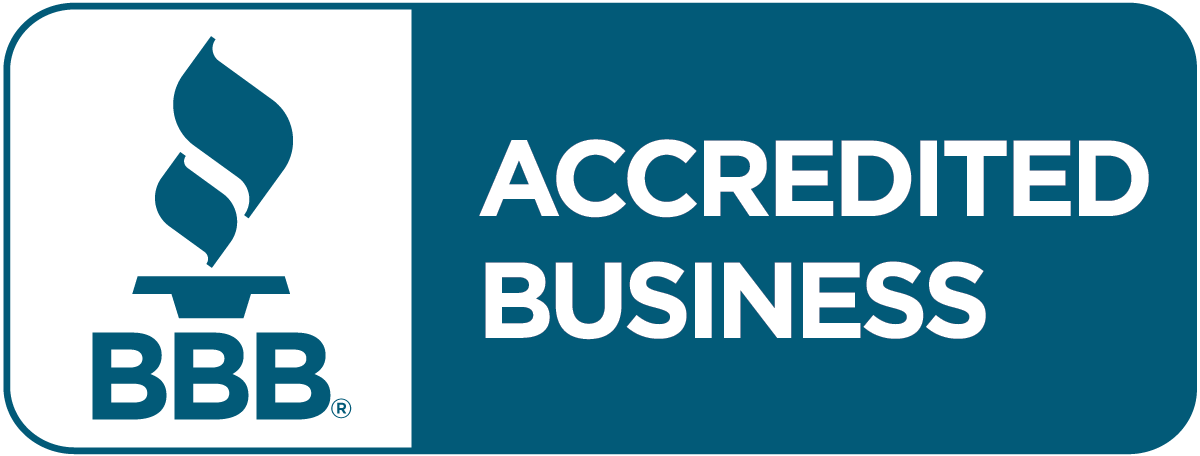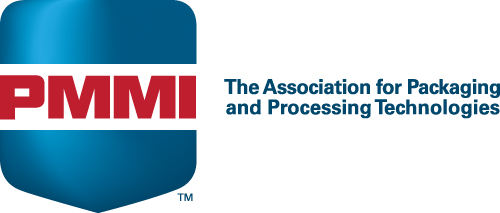In the food packing industry, no two filling lines are exactly the same. Even if a supplier of volumetric dosing machines manufactures standard models, there are always configuration options to suit the product, the dose size, the line configuration and other unique elements of the production line. The key to providing proper solutions for clients is the design of configurable machines that can be customized to fit into any production line.
Multi-Fill has three standard volumetric filling machines for the ready meal industry, but we work with customers to configure or customize these for your particular product and process. There are several ways in which we can configure or customize our machines. We can attach batch-feeding hoppers, for example, which mate with our MPFSH-075 or MPFSC-120 model filling machines to provide added automation for extended product runs. We can optimize the conveyor length on the filler to fit over the container line or bagging machine. Our discharge head can be configured to various sizes to accommodate dosing requirements. We can customize the discharge on the filling machines to target specific tray compartments. Or we can design custom distribution systems for lines with more than one deposit location. The key to the success of these machines is their flexibility.
Patented technology to fill bottles, jars, trays, bags, or plastic containers
We can take our solutions and integrate them into your existing specific line layout, including multi-lane conveying systems or vertical pouch machines. The distribution systems can be used in combination with our volumetric fillers, but we also integrate with portioning systems from other vendors such as vibrator feeders, multi-head scales, rotary pocket fillers, or counting machines.
Our volumetric fillers have been designed with difficult-to-fill products in mind, such as cooked noodles or quinoa, but they have the capacity to dispense a wide variety of easier products as well.
In most cases, Multi-Fill’s solutions will easily merge seamlessly into your line and fill your package or container with your product in a more streamlined and efficient way.
Contact us for more information.
Designing a food filling line: Product is king
